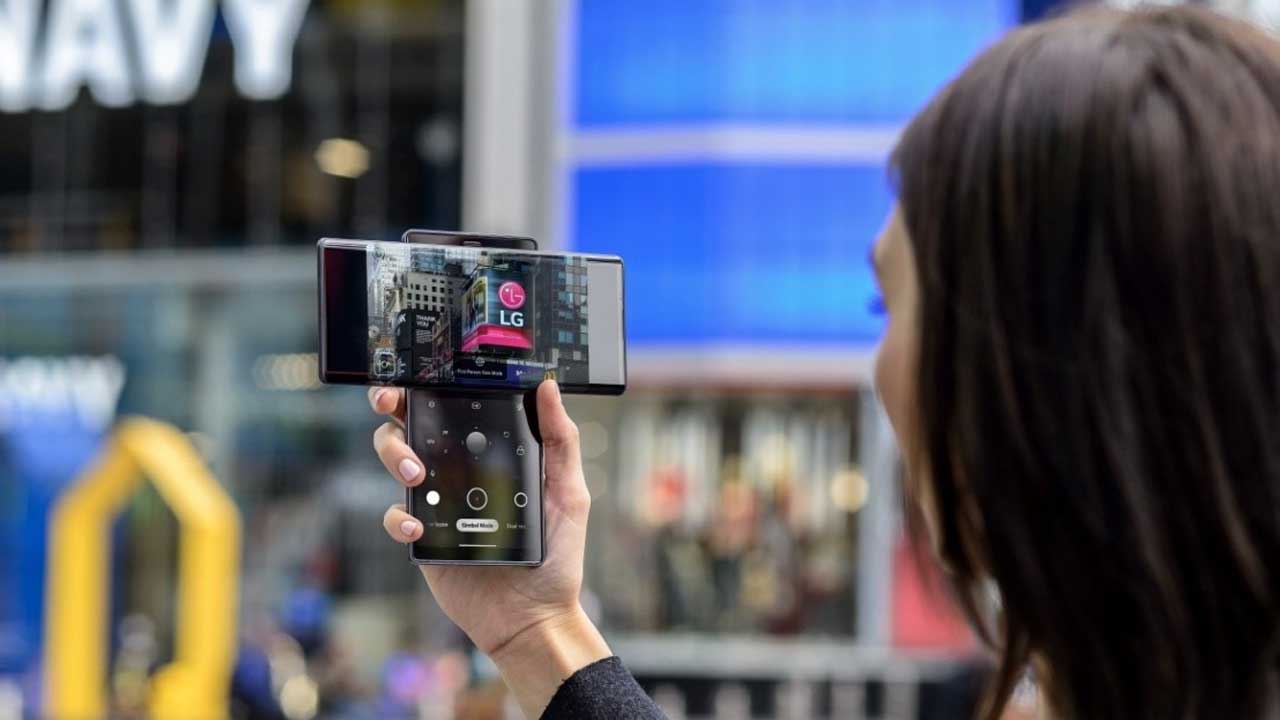
LG Wing is currently the most radically designed smartphone on the market that pushes the boundaries of design and functionality. When it was launched last month, the smartphone with the unique swivel mechanism turned eye-balls – giving Samsung and Motorola a headache or two. The smartphone comes with a 90-degree rotating screen, revealing the second display underneath – a design that comes with the luxury of multitasking opportunities without doubt. So, how exactly did the LG Wing go from the blueprint stage to an actual product for the market?
The idea was seeded in the mind of Hong Shin-tae, a senior product planner at LG Mobile’s head office in Seoul, when he saw a passenger on the subway rotating his phone repeatedly while playing a game and texting. The idea of a smartphone that has dual displays for multiple activities without hindering one another struck him instantly.

Such a device was never conceived before so the creative minds at LG had to come up with a solution to this problem. To materialize the swivel hinge mechanism the LG Wing development team incorporated a “hydraulic damper inside the hinge to reduce friction.”
When the phone is rotated, the screen goes back and forth numerous times – so, the team designed a dual lock mechanism to dampen the force. This ensures stability of the hinge over repeated use. Before even thinking of bringing it to the consumer market, the team rotated the screen 90 degrees over 200,000 times. That’s around 100 swivels per day, every day for five and a half years!

Another challenge was to keep the thickness and weight down, which was achieved taking reference from LG gram laptop. As per Jeong Min-yong, a member of the LG Wing development team “LG’s laptops use lightweight materials and have an optimized internal structure so following this formula, we managed to reduce the weight of LG WING by 54 grams and its thickness by 2 to 3 millimeters by its final design.”









